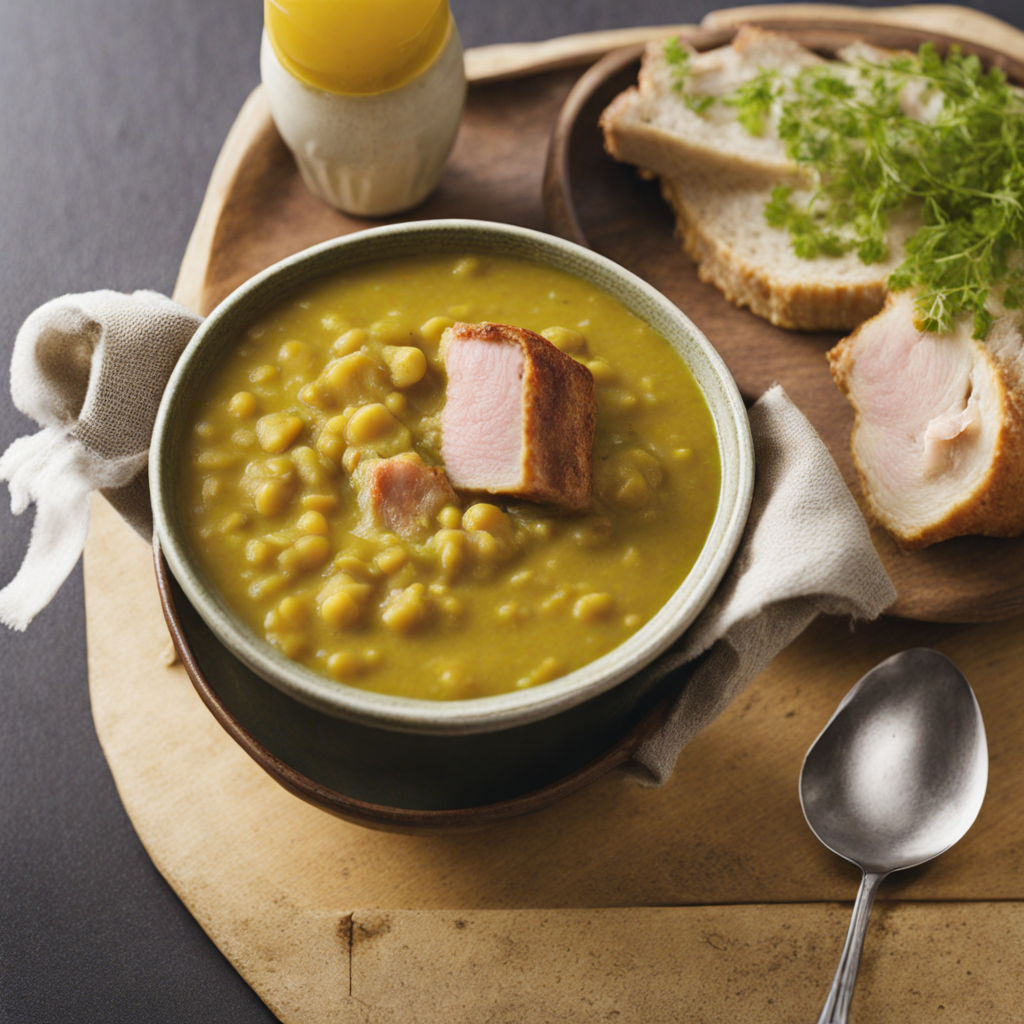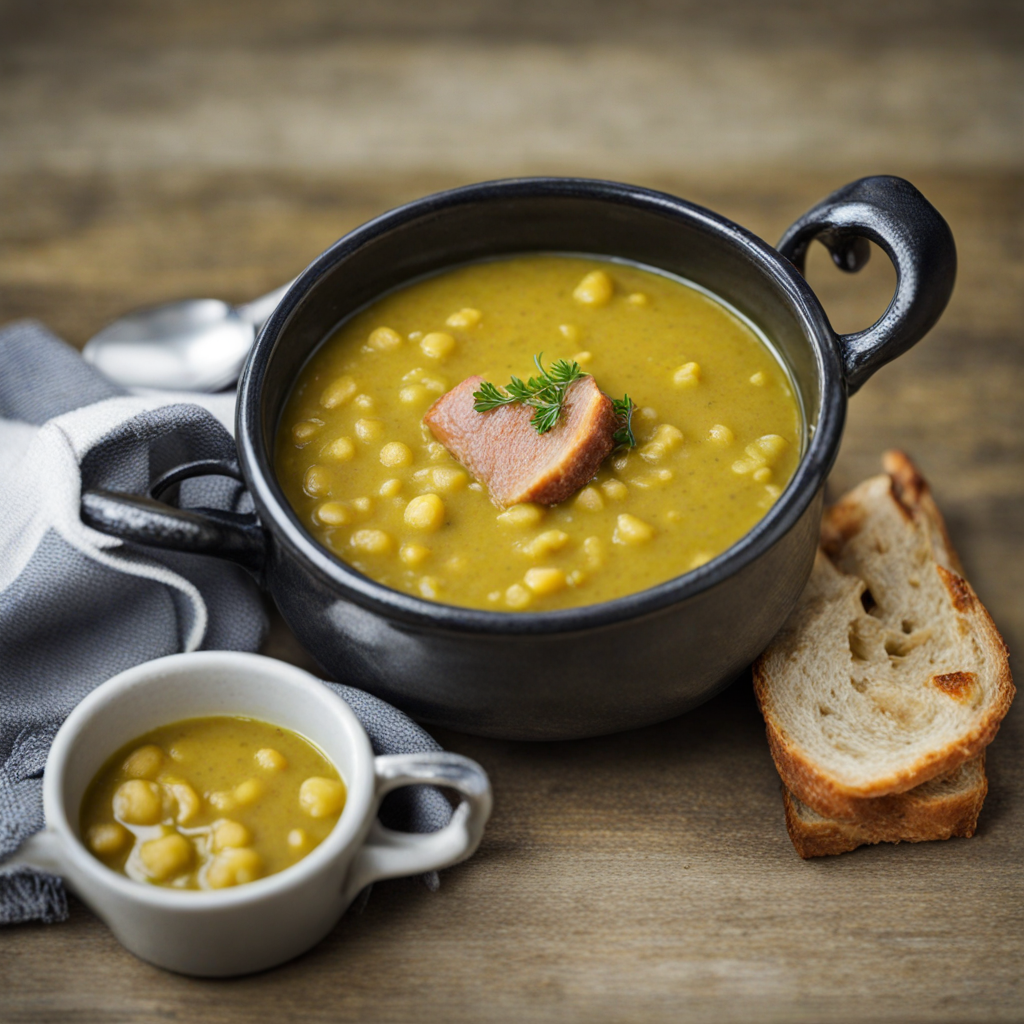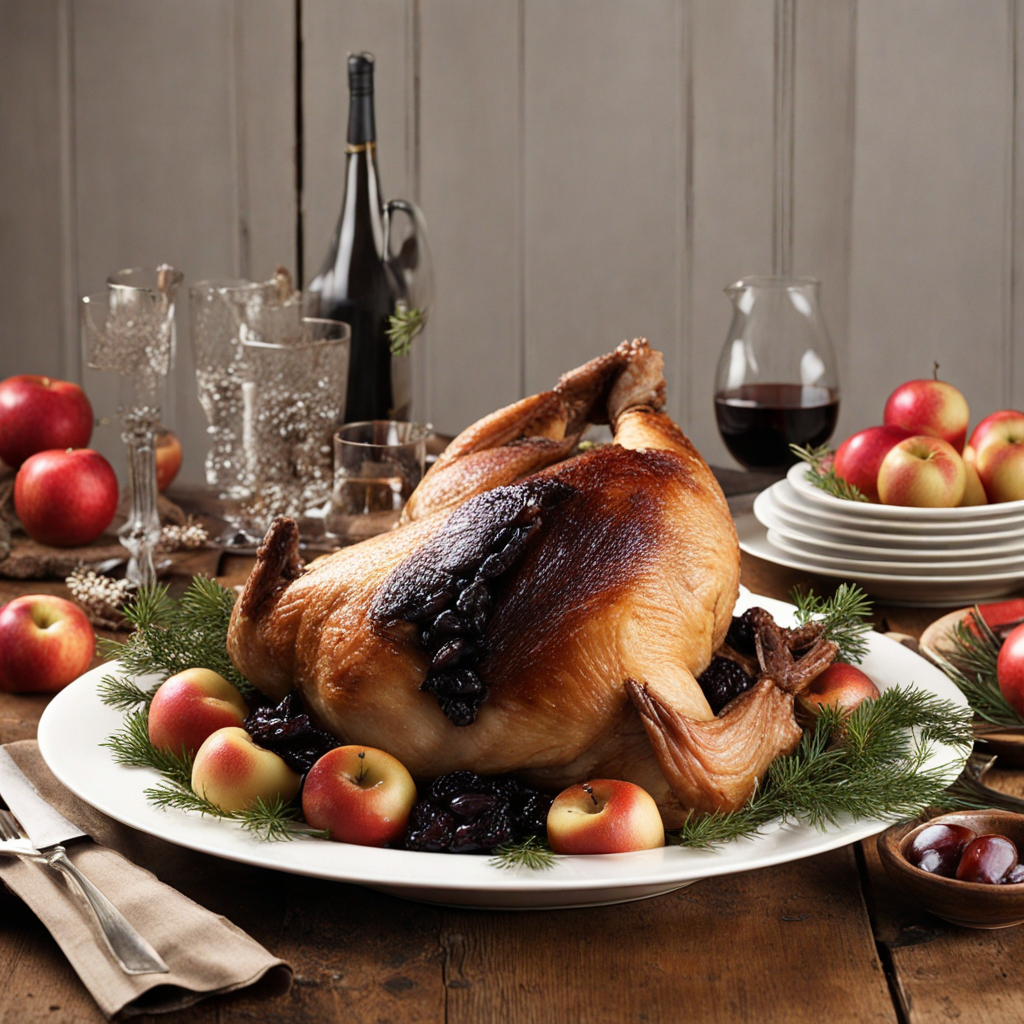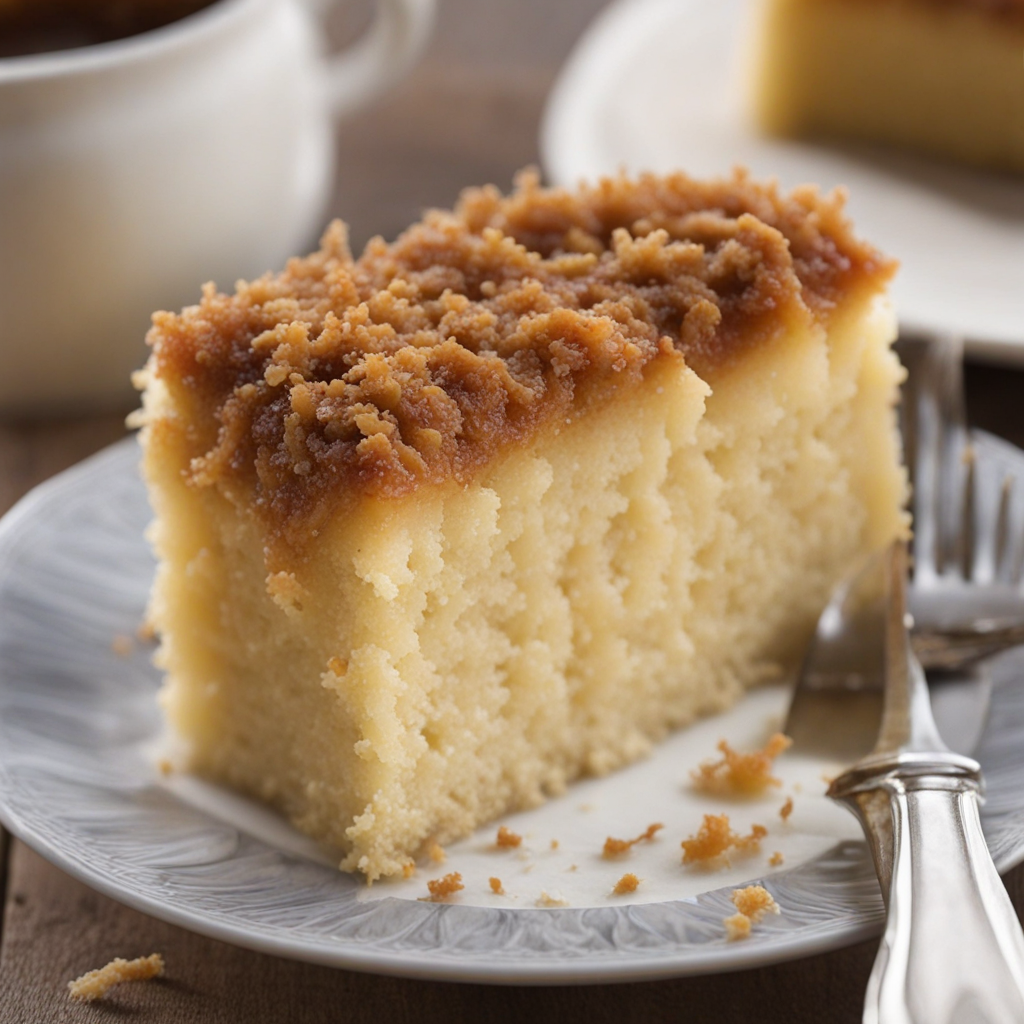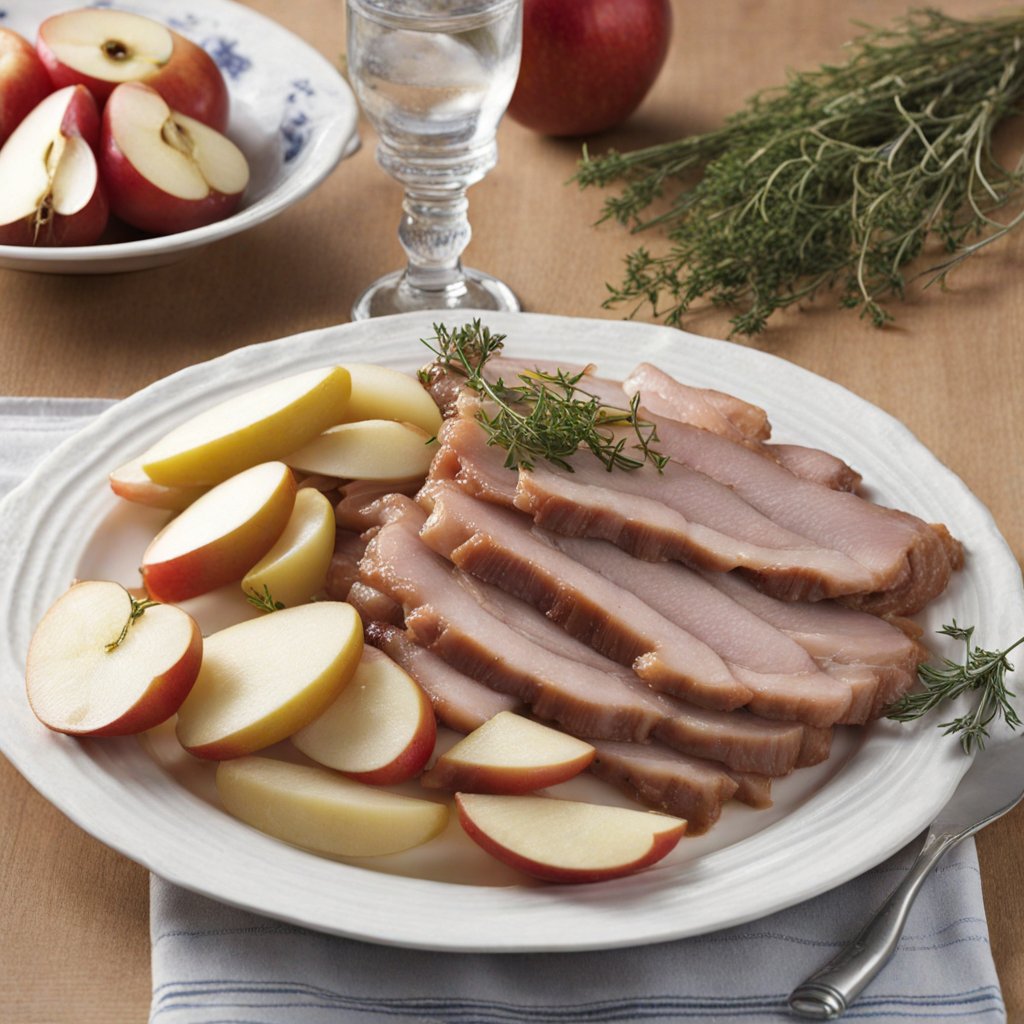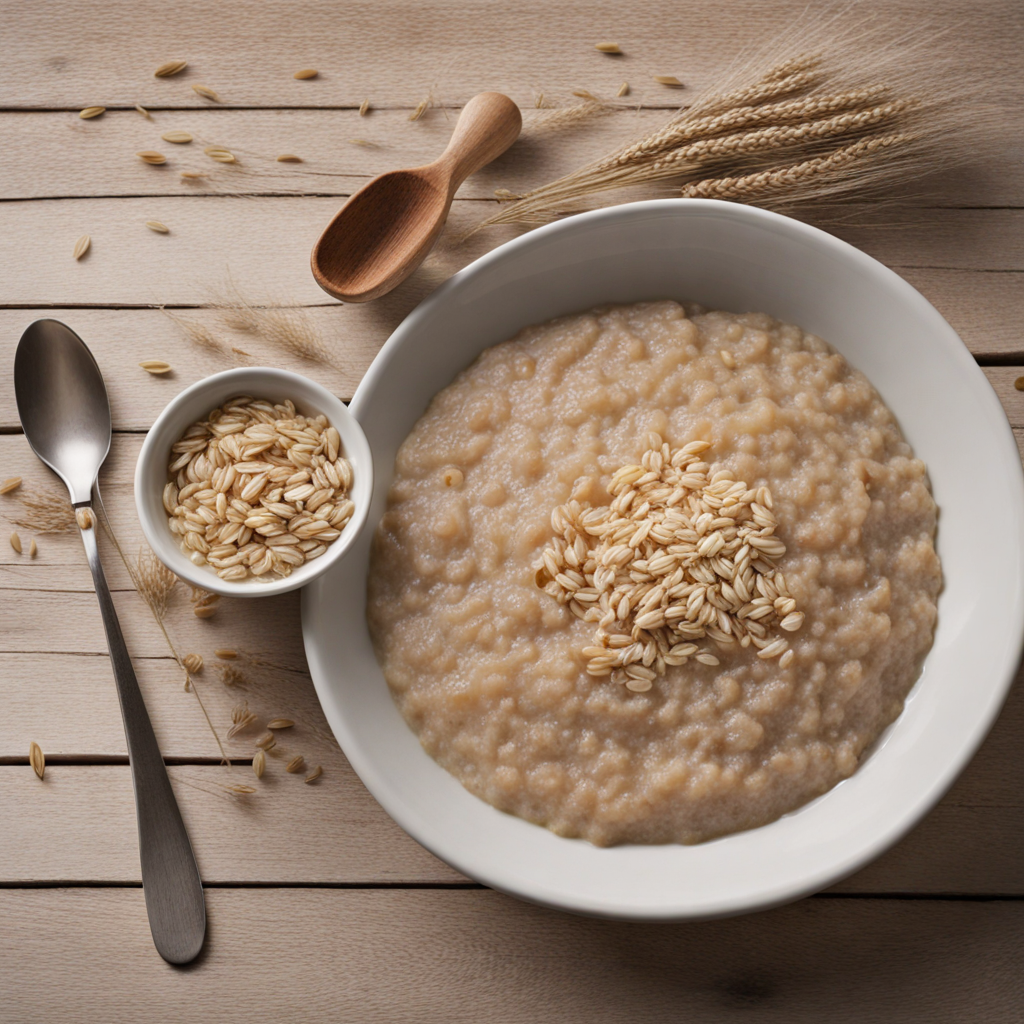Gule Ærter
Gule Ærter, or Danish yellow peas, is a traditional dish that embodies the heartiness and rustic charm of Danish cuisine. This comforting meal primarily features yellow split peas, which are simmered to a creamy consistency, offering a rich and slightly nutty flavor. The peas are often cooked with a variety of seasonings, including bay leaves and thyme, which enhance their natural taste and create a warm, inviting aroma as they cook. The dish is typically enjoyed during the colder months, making it a popular choice for cozy family gatherings and festive occasions. The preparation of Gule Ærter can vary, but it often includes the addition of diced vegetables such as carrots and onions, which provide a subtle sweetness and depth of flavor. Some recipes also incorporate smoked pork or sausage, adding a savory element that complements the earthy qualities of the peas. This combination not only enriches the dish but also embodies the Danish tradition of cooking with local and seasonal ingredients. When served, Gule Ærter is usually accompanied by a dollop of mustard and a sprinkle of freshly chopped herbs, which elevate the dish and offer a delightful contrast to its creamy texture. As you delve into the experience of tasting Gule Ærter, you'll find that it is more than just a meal; it is a celebration of comfort and tradition in Danish culture. The creamy, hearty nature of the dish provides a satisfying and filling experience, while the balance of flavors leaves a lasting impression. Whether enjoyed on a chilly evening or as part of a festive feast, Gule Ærter invites you to savor the essence of Denmark's culinary heritage, making it a delightful discovery for anyone looking to expand their palate.
How It Became This Dish
The History of Gule Ærter: A Danish Culinary Tradition Gule ærter, or yellow peas, is a traditional Danish dish that has deep roots in the country's culinary history. This simple yet hearty meal, often regarded as a comfort food, has evolved over centuries, reflecting the agricultural practices, social customs, and cultural significance of Denmark. #### Origins: The Pea's Journey to Denmark The history of gule ærter can be traced back to ancient times. Peas, specifically the yellow variety, are believed to have originated in the Near East around 8000 BCE. As agriculture began to spread through Europe, peas became a staple food among various cultures. By the Middle Ages, yellow peas had made their way to Scandinavia, including Denmark, where they adapted well to the cooler climate. In the 16th and 17th centuries, yellow peas became increasingly popular in Denmark, especially among the peasantry. With limited access to fresh vegetables during the long winters, dried peas provided a vital source of nutrition. They were easy to store and could be prepared in various ways, making them a versatile ingredient in the Danish diet. #### Cultural Significance: A Meal for All Seasons Gule ærter holds a special place in Danish culture, transcending social classes and becoming a comforting staple for both the wealthy and the poor. Traditionally, this dish is made by soaking and boiling the dried yellow peas until they are soft, then mashing or pureeing them into a thick soup. Often, it is seasoned with salt and pepper and accompanied by bits of pork, sausage, or bacon, which add richness and flavor. One of the most notable aspects of gule ærter is its association with specific times of the year. In Denmark, it is customarily eaten on certain occasions, particularly during the winter months and on Sundays. The dish is also linked to the Danish tradition of "Fastelavn," a pre-Lenten festival, akin to Mardi Gras in other cultures. On this day, families often gather to enjoy gule ærter, celebrating the end of winter and the coming of spring. The dish is more than just food; it embodies the spirit of Danish hospitality and communal gathering. Sharing a pot of gule ærter with family and friends fosters a sense of togetherness and warmth, particularly during the cold, dark months of winter. #### Development Over Time: From Peasant Fare to Culinary Heritage As Denmark evolved through the ages, so did gule ærter. With the advent of industrialization in the 19th century, the country underwent significant changes in agriculture and food production. The introduction of new farming techniques and the increased availability of ingredients allowed for a diversification of recipes. While traditional recipes remained popular, new variations emerged, incorporating other legumes, vegetables, and spices. The 20th century saw gule ærter gaining recognition beyond its humble beginnings. As Danish cuisine began to be celebrated on a global stage, chefs began to reinterpret traditional dishes, including gule ærter, incorporating modern culinary techniques and presentations. This evolution helped elevate the dish from its peasant origins to a beloved part of Denmark's gastronomic identity. In contemporary Denmark, gule ærter is often featured in food festivals and culinary events, showcasing the dish's rich history and cultural significance. Chefs experiment with different accompaniments, emphasizing local ingredients and sustainability. For instance, many modern interpretations include organic and locally sourced meats and vegetables, reflecting a growing commitment to environmental consciousness in Danish cuisine. #### A Symbol of Resilience and Sustainability In recent years, the focus on sustainability has further solidified the status of gule ærter in Danish culture. As the world grapples with climate change and food security, yellow peas have emerged as a symbol of resilience. Rich in protein and nutrients, they are an eco-friendly crop that requires minimal resources to grow. This has led to a renewed interest in plant-based diets, making gule ærter an attractive option for those seeking to reduce their carbon footprint. The increased awareness of health and wellness has also contributed to the dish's popularity. Gule ærter is often praised for its nutritional benefits, providing an excellent source of protein, fiber, and vitamins. As more people embrace vegetarian and plant-based lifestyles, gule ærter has found its place on menus and dining tables across the country, appealing to both traditionalists and modern eaters alike. #### Conclusion: Gule Ærter as a Culinary Heritage Gule ærter is more than just a dish; it is a testament to Denmark's agricultural history, cultural practices, and evolving culinary landscape. From its origins as a peasant food to its place in contemporary Danish cuisine, gule ærter has adapted to changing times while retaining its comforting essence. As global interest in traditional and sustainable foods continues to grow, gule ærter stands out as a symbol of resilience and adaptability. Whether served in a rustic farmhouse or a modern restaurant, this dish holds within it the stories of generations, celebrating the enduring connection between food, culture, and community. Its presence on Danish tables today is a reminder of the past and a bridge to the future, ensuring that the legacy of gule ærter will continue to thrive for years to come.
You may like
Discover local flavors from Denmark


